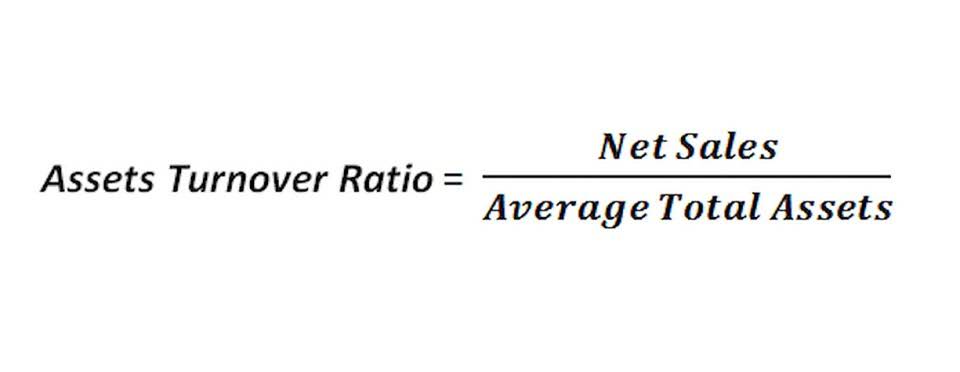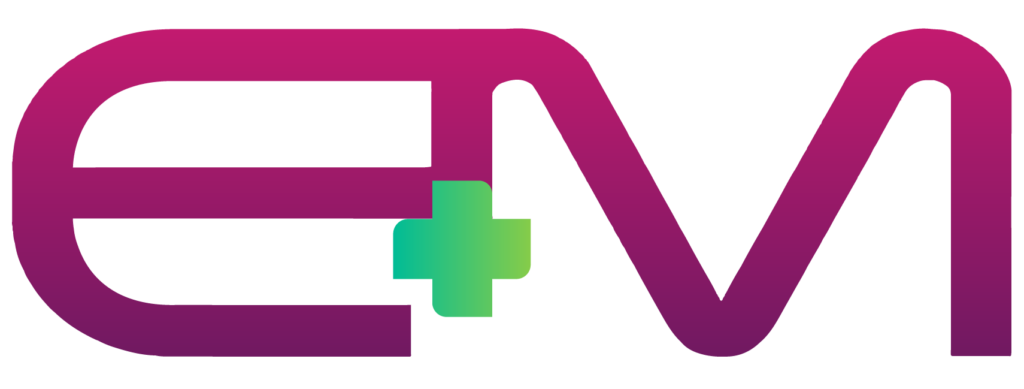
For example, office furniture is depreciated over seven years, automobiles get depreciated over five years, and commercial real estate is depreciated over 39 years. MACRS depreciation is an accelerated method of depreciation, because allows business to take a higher depreciation amount in the first year an asset is placed in service, and less depreciation each subsequent year. Other times, accumulated depreciation may be shown separately for each class of assets, such as furniture, equipment, vehicles, and buildings.
Is Accumulated Depreciation an Asset on the Balance Sheet?

Depreciation is a fundamental concept in accounting, representing the method by which the cost of a tangible asset is allocated over its useful life. It’s an acknowledgment that assets used in generating income gradually lose value due to wear and tear, obsolescence, or age. The practice of calculating depreciation is not just a matter of financial compliance but also a strategic tool that impacts a company’s financial statements and tax obligations. Different methods of depreciation allow businesses to align their financial reporting with the actual usage patterns of their assets, thereby providing a more accurate picture of their financial health.
AccountingTools

Contra assets are essential in accounting for accurately presenting the net value of assets. Their management requires precise bookkeeping practices to ensure financial statements reflect an entity’s true financial position. Each year, $9,000 would be recorded in the accumulated depreciation account, reducing the book value of the truck on the balance sheet and reflecting its declining value over time. Contra asset accounts are not mere accounting formalities; they are integral to the process of business valuation, offering insights into the true value of a company’s assets and its financial standing.
Is Accumulated Depreciation a Credit or a Debit?
- The national brand gives the grocery store cash, reducing the overall cost of printing the flyer.
- Accumulated depreciation is not a current asset, as current assets aren’t depreciated because they aren’t expected to last longer than one year.
- In this case, a formula like the units-of-production method is better suited for representing the real accumulated depreciation of the fixed asset used.
- The balance sheet would report equipment at its historical cost and then subtract the accumulated depreciation.
Likewise, the net book value of the equipment is $2,000 at the end of the third year. Another type of contra account is known as “contra revenue,” which is used to adjust gross revenue to calculate net revenue, i.e. the “final” revenue figure listed on the income statement. This occurs when the contra account is used to offset a credit balance in the related account. One common example of a contra account is the allowance for doubtful accounts. This account is used to reduce the balance of accounts receivable to reflect the amount that is unlikely to be collected. Another example is the contra inventory account, which is used to write down or collect contra asset account obsolete inventory.
Company
In some financial statements, the balance sheet may just show one line for accumulated depreciation on all assets. Accounts Receivable and Allowance for Doubtful AccountsA classic example of a contra asset account is the Allowance for Doubtful Accounts. This contra asset reduces the value of Accounts Receivable to reflect that some customers may not pay what they owe. For instance, if a company has $100,000 in Accounts Receivable, it may estimate that 5% will be uncollectible. It will then create an Allowance for Doubtful Accounts with a credit balance of $5,000, decreasing the net amount of receivables. In business bookkeeping, contra asset accounts play a crucial role in managing financial data and guiding strategic decisions by providing a clear picture of the true value of assets and net revenue.
- By offsetting the asset accounts, contra asset accounts provide a more realistic picture of a company’s net worth and financial health.
- This is essential for stakeholders evaluating asset utilization and investment returns.
- The half-year recognition method helps account for years when an asset is only used for part of the year.
- So, in this case, accumulated depreciation is a contra asset account related to plant & equipment.
- It records a $10,000 allowance for doubtful accounts by debiting Bad Debt Expense for $10,000 and crediting Allowance for Doubtful Accounts for the same amount.
What Is a Capital Good and How Is It Treated in Accounting?
Under Generally Accepted Accounting Principles (GAAP) and International Financial Reporting Standards (IFRS), these accounts adjust the gross amounts of assets, liabilities, and equity for accurate net values. Explore the role of contra accounts in financial management and learn how they impact financial statements and accounting practices. For example, on Jan 1, the company ABC buys a piece of equipment that costs $5,000 to use in the business operation. The company estimates that the Bakery Accounting equipment has a useful life of 5 years with zero salvage value.
- The concept might seem counterintuitive at first, but it serves a crucial purpose in financial reporting, offering a clear picture of the true value of a company’s assets.
- Sales and Sales Returns and AllowancesBusinesses also deal with sales returns and allowances, which are recorded in a contra revenue account.
- It represents the amount of discount that was given when the notes were issued.
- These are all examples of contra-asset accounts, which are the prevalent type of contra accounts.
- Find out why organizations across 140+ sectors trust Asset Panda to track their valuable asset data and maintain their financial compliance.
- Accumulated depreciation is the sum of the depreciation expenses for an asset for every reporting period that the company owned that asset.
Example of Contra Accounts in Use
This is an important consideration when taking year-end tax deductions and when a company is being sold. Still, the dollar amounts are separately broken out in the supplementary sections most of the time for greater transparency in financial reporting. Contra accounts can also be used to reflect negative balances in certain accounts.

Depreciation Method Examples
Accumulated depreciation is an account with a credit balance, known as a long-term contra-asset account, that is reported on the balance sheet as an offset to Property, Plant and Equipment. The amount of a long-term asset’s cost that has been allocated, since the asset was acquired. Tracking the depreciation expense of an asset is important for accounting and tax reporting purposes because it spreads the cost of the asset over the time it’s in use. With increasing globalization and companies operating in many countries, the books of accounts must be compatible with a global platform. They are also the result of globally accepted accounting principles for accurately reporting financial numbers. As we have seen in the above discussion, how reporting contra assets accounts helps in a better understanding of the financial statements of any organization.

Depreciation is an accounting entry that reflects the gradual reduction of an asset’s cost over its useful life. It represents all the depreciation related to an asset or the company’s overall assets. Usually, companies add to the accumulated depreciation account after every accounting period. Calculating accumulated depreciation is a simple matter of running the accounting depreciation calculation for a fixed asset from its acquisition date to the current date. For example, consider a company that invests in a fleet of electric vehicles. The contra asset account for accumulated depreciation would reflect the diminishing value of the vehicles over time.
